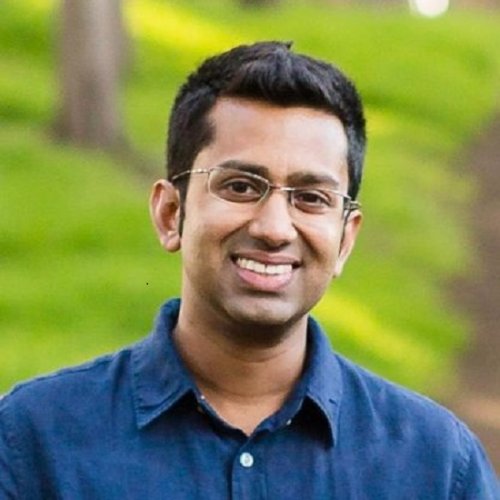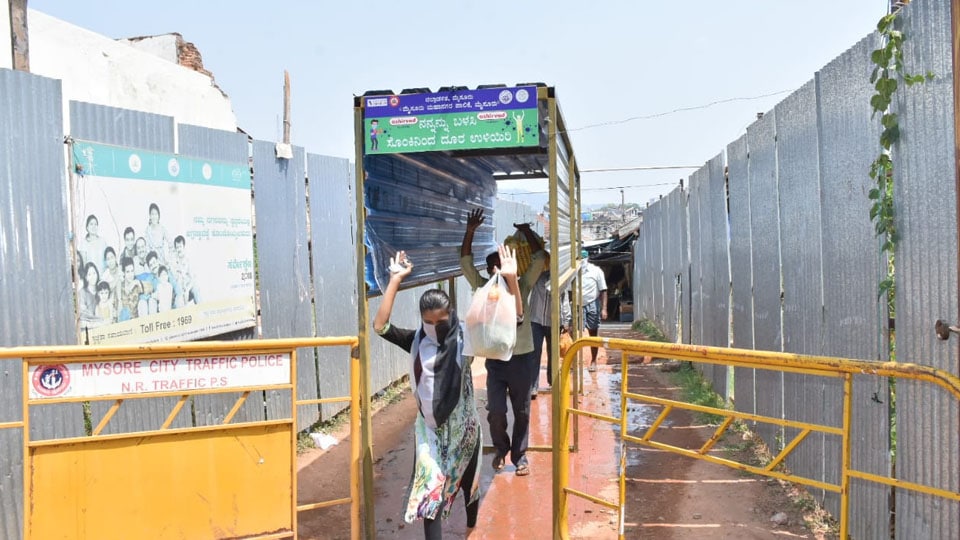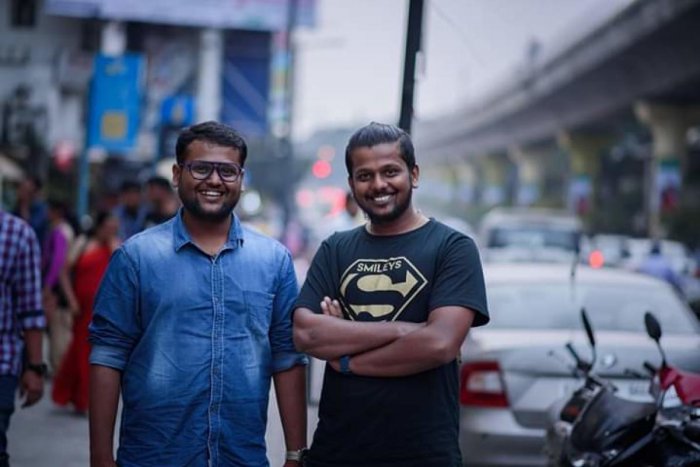Apollo, an iPhone app for COVID-19 testing and research, has been developed by a company headed by a native of Mysuru, Siddarth Satish.

CEO of Gauss Surgical, Siddarth Satish, is the grandson of Mysuru-based industrialist and art patron K V Murthy. He is the son of Padma (second daughter of Murthy) and M N Satish, who have settled in the USA. Siddarth resides in California.
Dr Prathibha Pereira, his aunt, said that Siddarth studied up to second standard at St Joseph’s School in Jayalakshmipuram. He is an alumnus of the University of California, Berkeley (BS in Chemical Engineering); the University of California, San Francisco (MS in Bioengineering); and Stanford University (SIMDesign Fellow).
Siddarth founded Gauss Surgical in 2011 and served as CTO and chairman initially. He then served as an Entrepreneur In Residence at StartX, Stanford’s Startup Accelerator, and as a SIMdesign Fellow at the Stanford University School of Medicine. He has over 50 issued or pending patents on medical technologies and has raised $50 million in venture capital funding.
As leaders in the healthcare artificial intelligence (AI) space, Siddarth and his team wanted to help during the COVID-19 crisis and quickly began collaborating with researchers at Stanford and observing COVID-19 testing facilities in the Bay Area.
After spending time embedded at a testing facility, Siddarth said, he found the current testing process to be heavily paper-based and observed that it exposed testers to potential risks as they interacted closely with patients.
“An iPhone-based testing solution could reduce the exposure to risk at testing centers and make the overall process much faster. The app optimises the existing testing procedures by eliminating paperwork, reducing the need for direct contact between patients and staff. This also helps to reduce the use of precious PPE resources,” he said.
Design Award
Gauss Surgical’s life-saving Triton App, which monitors surgical bleeding using iPhones, had earlier won the Apple Design Award, which reflects the best in design, innovation, and technology on Apple platforms.
“We embarked on Apollo, as we felt that our expertise in clinical-grade digital decision-support tools enables us to build a tool for screening and triage of Covid-19. We teamed up with Evive Care, a national database of COVID-19 test centers to develop the app, which includes Stanford Medicine’s Apollo Covid-19 Screening Survey (Apollo Study),” said Siddarth.
Gauss is among a large group of Stanford alumni, scientists, and physicians participating in the StartX Med COVID-19 Task Force.
Apollo integrates tools that work across the current testing process. It is designed so that a person can analyse one’s symptoms and if necessary, drive to the closest testing centre. A tool locates one’s closest available testing centre on a map. It has tools for communication between the tester and tested.
The self-diagnostic checks whether the potential patient has already transacted and then send the report via the app to the testing agent, reducing duplication of the same process. The data is available in the form of a QR code (the ‘Apollo Pass’) on the screen of the patient’s iPhone, which is read by the equivalent app on the tester’s smartphone. The patients can share their information while the car windows remain shut, minimising contact time with the tester.
Once the patient sample is collected, the tester adds the kit to Apollo and sends the sample to test. Results can be quickly shared, once the procedure is completed. Apollo COVID-19 is available in 10 languages, most commonly spoken in the United States. The app can be downloaded for free on the Apple App Store or at https://covid19.gauss.com.
source: http://www.deccanherald.com / Deccan Herald / Home> State> Mysuru / by T R Satish Kumar, DHNS, Mysuru / April 27th, 2020










